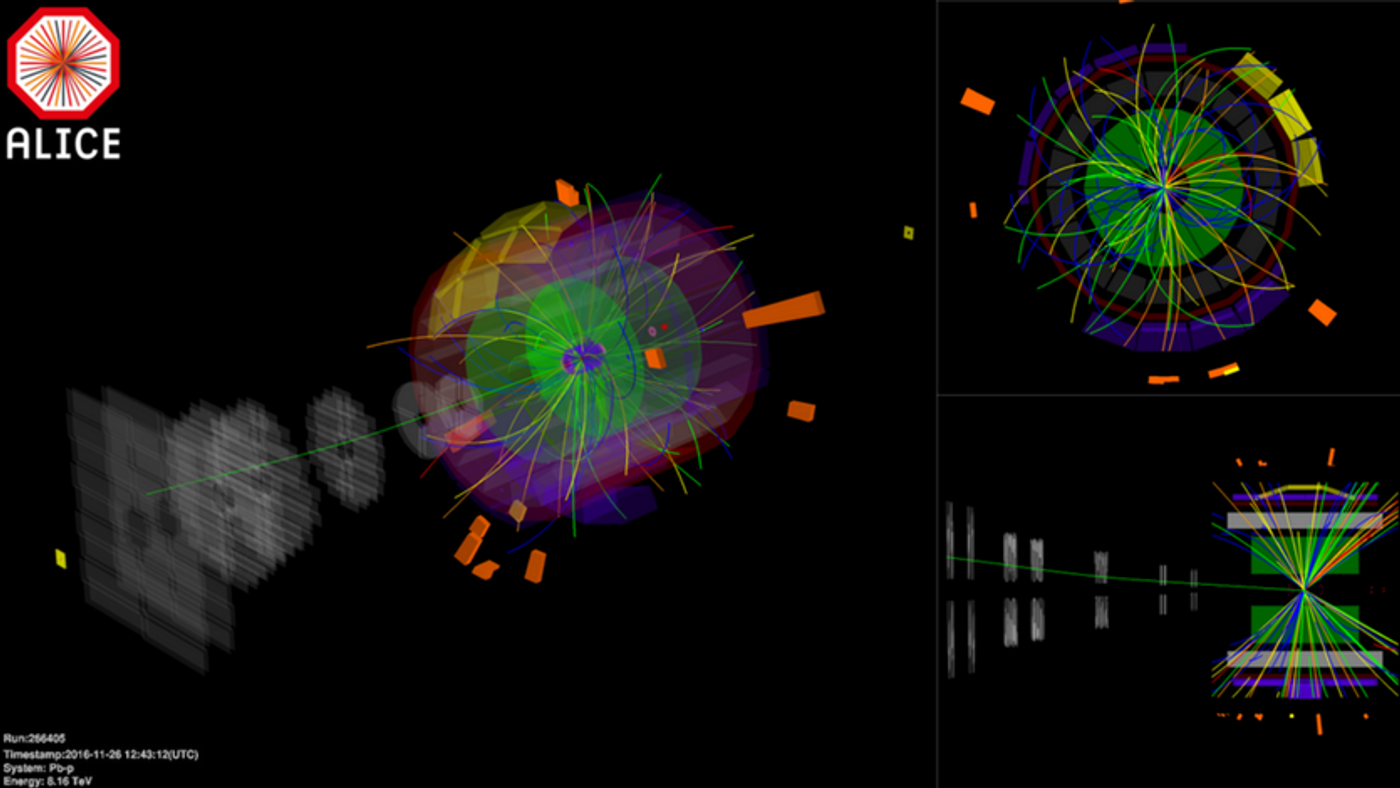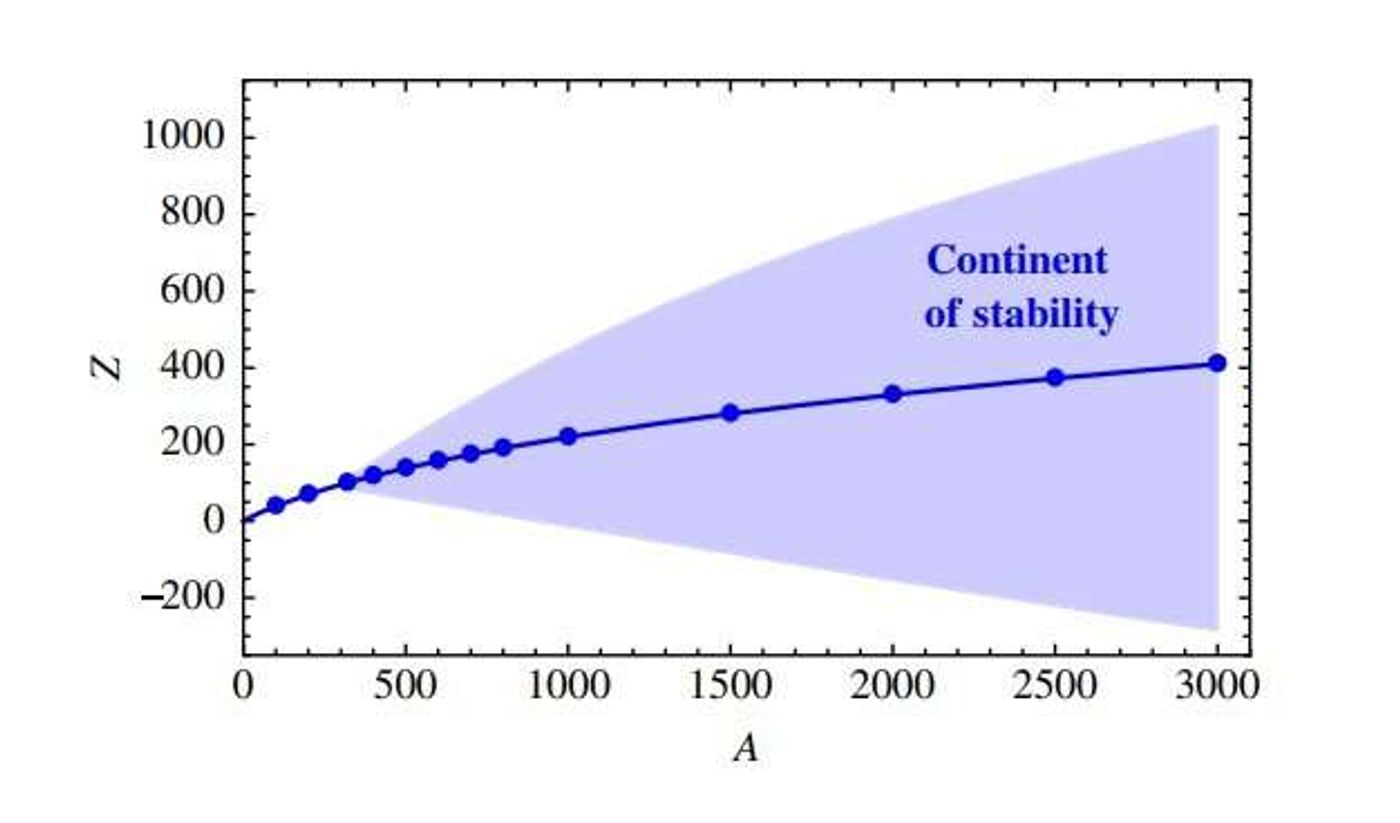Where to Find New Matters? Not Far Beyond The (Periodic) Table
According to a latest study published in Physical Review Letters, a team of physicists from University of Toronto made a bold prediction: a new form of stable element that consists of only Up (u) and Down (d) quarks might exist not far beyond the end of the periodic table.
All elements in the periodic table are made of atoms that contain protons, neutrons, and electrons, with the first two baryons making up almost the entire mass of each atom. Both protons and neutrons can be further broken down a smaller elementary particle known as quarks. For example, a proton has two up quarks, one down quark; a neutron has two down quarks and one up quark.
As atoms get heavier, scientists suspect that the nucleus would become too massive to remain stable. Therefore they speculate the existence of a new type of matter known as strange quark matter (SQM).
SQM is expected to only exist in extreme environments, such as neutron stars and heavy ion colliders. For example, on neutron stars the gravity there is so strong that all the protons and electrons from atoms would be mashed together and turned into neutrons. It was estimated that a teaspoon of neutron star matter could weigh up to 10 million metric tons.
What’s more, the underlying quarks that form the neutrons would also be compressed. The up and down quarks could be squeezed together to form strange quarks. Since it’s made up of “strange” quarks, physicists call this “strange matter”.
On the other hand, due to the observed stability of ordinary nuclei, quark matter that is made of only u and d quarks (udQM) is considered impossible. But the findings in the new study challenge this conventional hypothesis.
The Canadian researchers claimed that the udQM, quark matter without strange quarks, is entirely possible. According to their calculation, udQM may have a stable atomic configuration in the so-called “continent of stability”, which is a theoretical mass/charge region with a mass over 300 and a charge/mass ratio around 3.
How would a potential udQM compare to other elements in the periodic table? For example, Ununoctium (118) the current heaviest element ever document, has an atomic mass of 294. Due to its innate instability and artificial nature, it has a half-life of only 0.001 second.
"Physicists have been searching for SQM for decades. From our results, many searches may have been looking in the wrong place. ... It is quite a basic question to answer: What is the lowest energy state of a sufficiently large number of quarks? We argue that the answer is not nuclear matter or strange SQM, but rather udQM, a state composed of nearly massless up and down quarks," said the Canadian researchers in an interview with Phys.org.
Strange Stars (PBS Space Time)
Source: Phys.org










